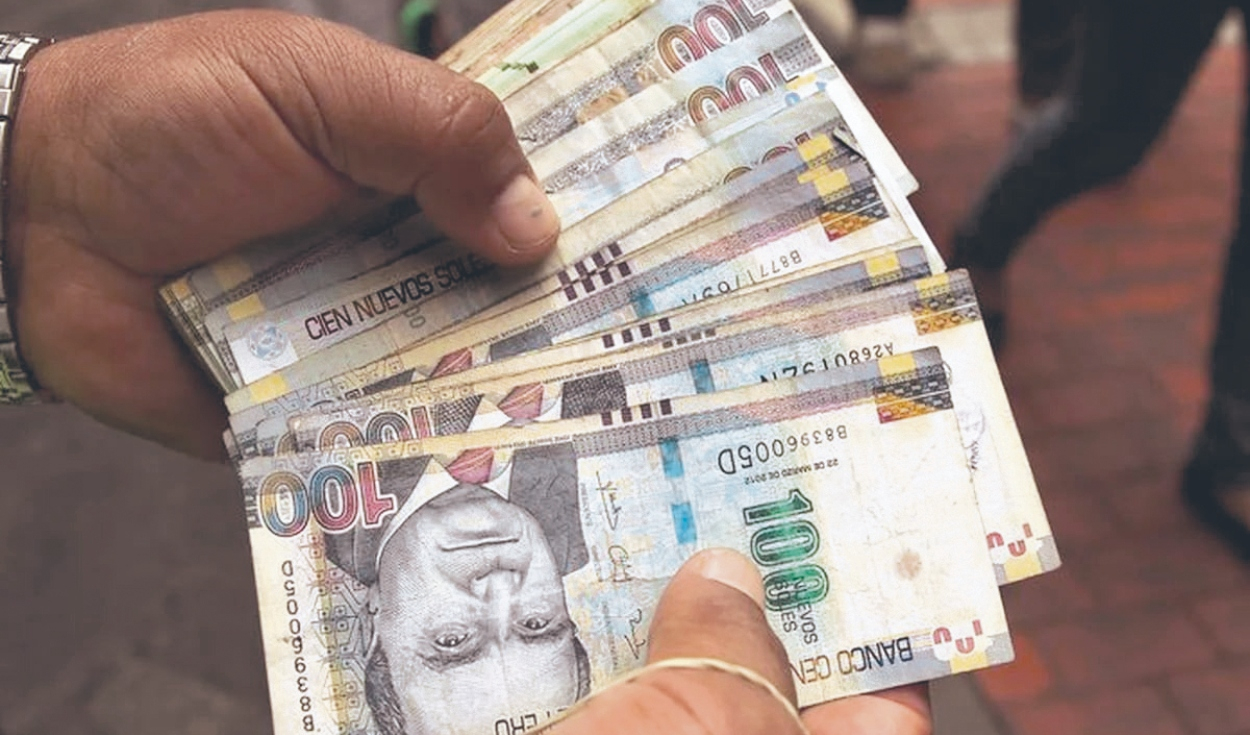
Dina Boluarte’s regime yesterday published Law No. 32037, which establishes a new withdrawal of 100% of the Compensation for Time of Service (CTS) fund for the remainder of the year, in order to alleviate the economic crisis.
As a result, it is estimated that more than S/8.5 billion nested in the financial system would be injected into Peruvian households, according to data from the Superintendency of Banking, Insurance and AFP (SBS).
For Pacifico Business School professor and finance expert Jorge Carrillo Acosta, only between S/4,000 million to S/5,000 million would come out of the CTS funds since “whoever wanted to withdraw it, already did so.” Let us remember that until December 2023 it was allowed to have these resources.
When will I be able to have my money?
After promulgation, the Executive Branch has a maximum of 10 calendar days to publish the regulation – the responsible portfolio is the Ministry of Labor and Employment Promotion (MTPE) –; Thus, if you choose to wait until the tenth day, only from Tuesday, May 28 will the withdrawal of the CTS be allowed. It is worth adding that it will be optional.
And, unlike the withdrawal of pension funds from the AFP, the provision of the CTS takes less time to materialize, and as in previous years, 24 hours after the regulations are published one can already manage this money.
Eventually, more than 6 million Peruvians will be able to benefit from the free provision of the CTS: 4,552,491 million are in commercial banking (read BBVA, BCP, Scotiabank and Interbank, among others); 1 million 866,879 in municipal funds; 100,011 in rural savings banks and 422,027 in financial companies (Crediscotia, Compartamos, Confianza, Efectiva and Qapaq, etc.).
Before the pandemic, the CTS deposit fund exceeded the barrier of S/21,000 million, but given the free withdrawal decreed to address the onslaught of Covid-19 – and the subsequent reactivation – it approached S/8,500 million.
The change of speech
According to the regulations, the free provision of the CTS seeks to alleviate the ravages of the economic crisis, after 2023 that left the worst GDP result in more than 30 years – not counting the pandemic – and in the face of the rising cost of living. The president of the Council of Ministers, Gustavo Adrianzén, expressed his support for the law just a couple of days ago since it will allow us to cover the needs generated in this adverse context.
However, the Minister of Economy and Finance, José Arista, on more than one occasion considered that the withdrawal of 100% of the CTS “is not a good idea” because it violates its objective: to serve as unemployment self-insurance. He even proposed that the retirement be given, but without touching an equivalent of four salaries.
In this regard, the former vice minister of Employment Promotion Fernando Cuadros Luque notes that measures such as the withdrawal of the CTS and the AFP are populist and seek to please citizens, since the disapproval rates towards Congress and the Boluarte management exceed 90% .
“The social protection mechanism against unemployment is distorted. It will not benefit lower-income workers because they already withdrew with the previous laws,” he noted.
How to get the most out of CTS?
As reported by La República, the least risky option is a fixed-term deposit in a bank, financial institution or savings bank because its insurance covers up to S/122,420. While cooperatives, only in 2025 will they be able to cover up to S/10,000, but they bring a rate higher than 10% annually despite the risk.
Carrillo explains that in investment plans with insurance, the profitability can exceed 6% annually. Another viable option is to invest it in the initial payment of an apartment and the rest via a mortgage loan.
Source: Larepublica
Alia is a professional author and journalist, working at 247 news agency. She writes on various topics from economy news to general interest pieces, providing readers with relevant and informative content. With years of experience, she brings a unique perspective and in-depth analysis to her work.












